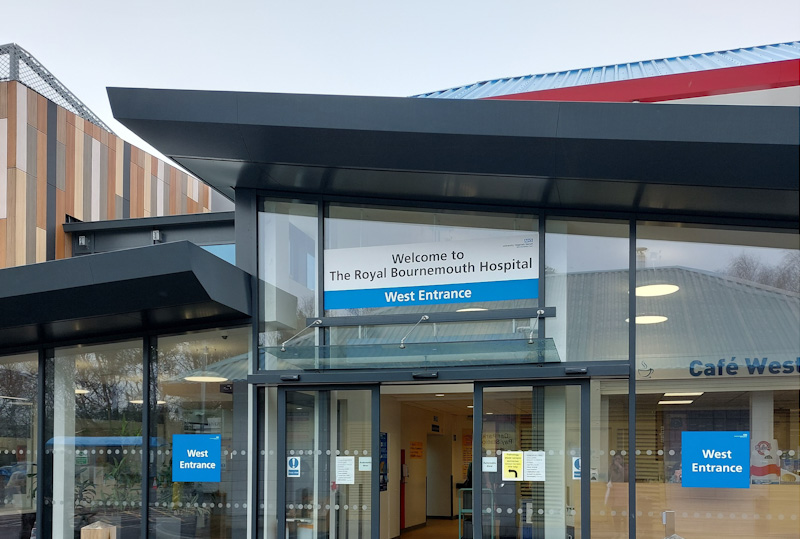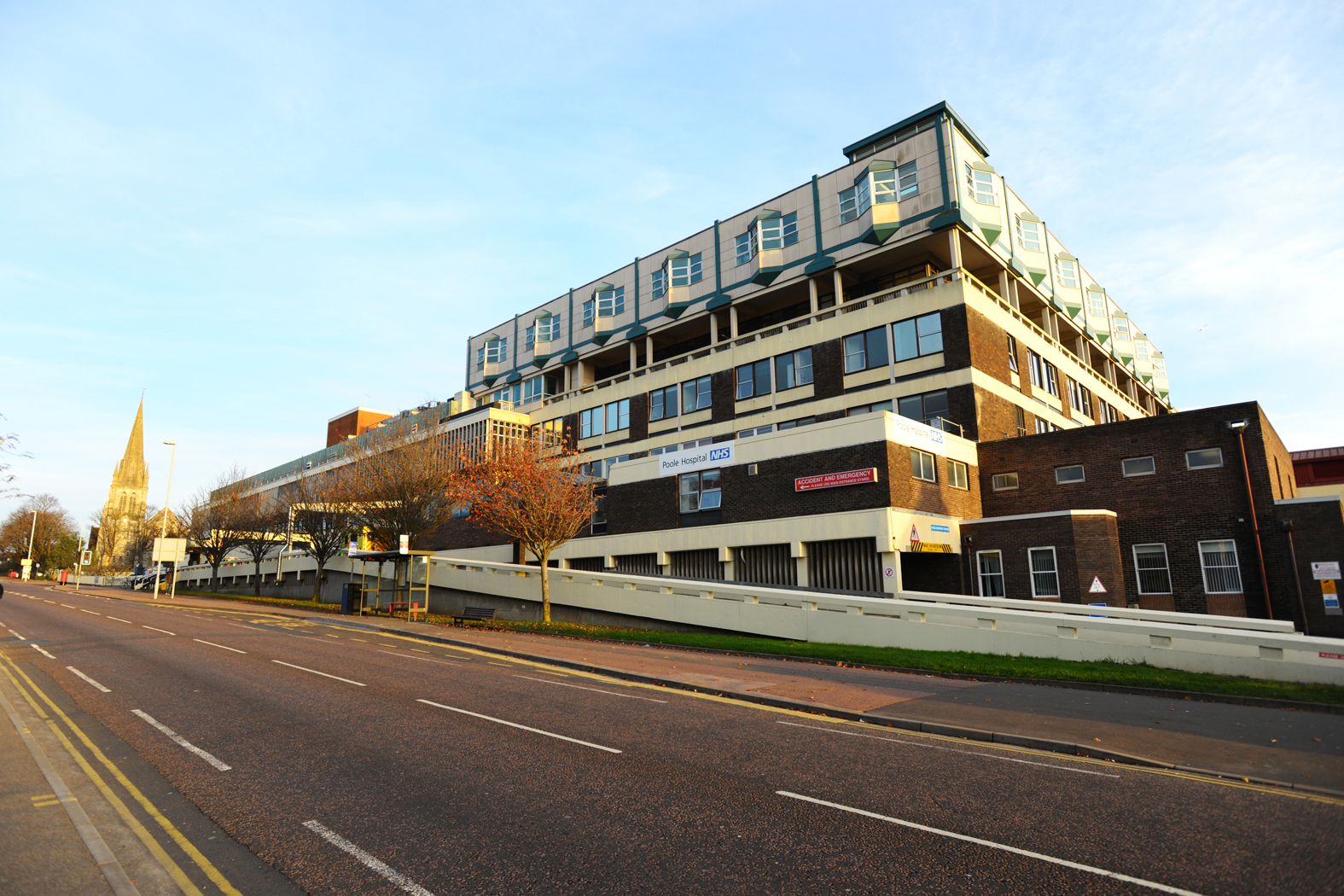Types of Birth
There are a number of ways to give birth; some women need more help than others, this information is intended to give an overview of the different types of birth available
NORMAL BIRTH
Normal birth is a vaginal birth that takes place naturally, without help from the doctors. The midwife looks after you and helps you to achieve a normal birth. You can have a normal birth at home or in hospital, whether you have a long or short labour, and when you have had a previous birth which was not normal. A normal birth can also be achieved using the water pool.
After your baby is born the midwife will help you with the delivery of the afterbirth (placenta). This is usually straightforward and takes just a few minutes, and there are two options for the delivery of the placenta. Many women choose to have an injection to help the placenta separate; this is known as ‘active management’ and the midwife will ask for your consent before administering this. The other option is known as ‘physiological management’, where you do not have an injection, and the placenta is delivered naturally. This usually takes longer, and your midwife will advise you on how this is done.
What sort of pain relief can I have for normal birth?
You can have whatever choice of pain relief you would like. Please see our ‘Pain Relief in Labour’ tab for all pain relief options offered in the maternity service.
Will I need to have stitches?
Midwives help women to give birth in very natural ways. Sometimes a tear occurs at the point of birth, which will need stitches to help it to heal. These will be put in by your midwife shortly after your baby’s birth. Quite often there is no tear at all, or a small tear occurs which does not need any stitches. Your midwife will advise you. Occasionally with a normal birth it may be necessary to perform a surgical cut (episiotomy) if your baby is unwell and needs to be delivered quickly.
Benefits of normal birth
- It is very likely that you can go home quickly following a normal birth
- Normal birth is often achieved with less intervention (such as a drip or an Epidural), meaning you generally recover more quickly
- There is less chance of needing stitches
For some women, a normal birth will not be possible; this is something which you, your partner and your midwife can discuss together.
VACUUM EXTRACTION (VENTOUSE/SUCTION)
Vacuum extraction may be performed when there is very little progress despite you pushing well during the delivery stage of labour. Sometimes this type of birth is recommended to you when you or your baby seems very tired at this stage; the reasons will always be explained to you.
The Ventouse extractor consists of a rubber or metal cap that a doctor attaches to your baby’s head using suction provided by a small machine. The baby is then gently guided through the birth canal whilst you push during contractions. Once your baby’s head is born, the cup is removed and your baby’s body is born naturally.
FORCEPS DELIVERY
A forceps delivery may be performed for similar reasons to the vacuum extraction – that you are pushing well during the birthing stage of labour but the baby is making slow progress. Again, there may be a concern about how your baby is doing, and it could be advisable to have your baby born more quickly. Sometimes the baby’s head is in a position which slows down his progress, and forceps can be used to correct this. Forceps are metal instruments like large spoons. A doctor places the forceps around the baby’s head to cradle it. Your baby is then guided through the birth canal as you push with your contractions. Once your baby’s head is born, the forceps are removed, and your baby’s body is born naturally. There are three types of forceps used (named after the people who invented them), and the reasons they are used are shown below:
- Wrigley’s (low forceps) – these are simple forceps used when your baby’s head is facing the right direction, and is low down in the birth canal
- Anderson’s (straight forceps) – these are used if your baby is not as far down in the birth canal
- Kielland’s (rotational forceps) – these are used if your baby’s head needs help to turn slightly before he is guided down the birth canal
Forceps deliveries are always performed by a doctor.
What sort of pain relief can I have for a vacuum or a forceps?
If you have already got an Epidural for pain relief, this can easily be ‘topped up’ for either a vacuum or a forceps birth. If you have used other types of pain relief or ways of coping with contractions, the doctor is likely to use what is known as a ‘Pudendal block’. This is a local anaesthetic (pain relief) in the form of an injection, which blocks the pain around your vagina. Sometimes it is recommended that you have a Spinal anaesthetic for a forceps, but your midwife, doctor or anaesthetist will advise you about this. A Spinal anaesthetic is similar to an Epidural, but has a very quick action.
Will I need to have an episiotomy?
An episiotomy is a cut made into the tissues at the back of the vagina. It is rarely used in cases of normal birth, but is sometimes used for a vacuum or forceps birth. It is not always possible to tell whether it is necessary until the time of birth, but the doctor and midwife will speak to you about it. If it is necessary, the doctor will make sure that you are numb at the area before the episiotomy is carried out, and that the stitches are put in straight away.
Will I need stitches?
Sometimes a vacuum birth can be carried out without the need for stitches afterwards, but often a tear occurs which may need stitches.
It is more likely that you will need stitches following a forceps birth. However, the doctor will put the stitches in very quickly after your baby is born, and he and the midwife will make sure that you have some pain relief. Your midwife at home or on the ward afterwards will advise you on caring for your stitches, and keeping comfortable.
Benefits of Ventouse/Forceps birth
- The birth will be aided when there is a need
- Your baby will be born more quickly if there is a concern for either you or him, or if you are very tired
Risks or disadvantages
- Some women feel a lot of discomfort following this type of birth; your midwife will advise you on managing this
- Some women feel disappointed that they have not achieved a ‘normal’ birth: your midwife will provide support for you
- Sometimes the Ventouse cap or the Forceps will leave a mark on your baby’s head – this mark will fade over 48 hours
CAESAREAN SECTION
There are many reasons why Caesarean Section is performed, but mainly it is recommended when there is a medical indication that a vaginal birth may not be safe either for you or your baby. There are a number of situations where you and your doctor or midwife may feel that the risks of vaginal delivery are increased and outweigh those of caesarean section; such indications can be identified before labour (e.g. if the placenta covers the neck of the womb (cervix) or if the womb has been weakened by previous surgery) or during labour e.g if the fetal heart rate monitoring suggests that the fetus is not getting enough oxygen.
In these cases, where it is clearly safer for you and the baby to be delivered by caesarean section, the doctor/midwife will discuss the risks with you and arrange for a caesarean section with your consent.
Caesarean Section is a surgical operation where your baby is born through a cut in the abdominal wall. The cut is usually along the top of the pubic hairline, so the scar can be well hidden when healed. It is always performed by a doctor in an operating theatre, and a midwife will be with you at all times.
Caesarean Section is sometimes performed as an emergency operation when you are in labour. When this happens, many things will be going on at the same time, but your midwife will always be with you. The doctors and midwife will ensure that you understand the reasons for the surgery will ask for your consent before carrying out the operation.
If you have already had an Epidural for pain relief, it is very likely that this will be topped up for your operation. Otherwise the anaesthetist will put in a Spinal (which is very similar to an Epidural, but works very quickly). Very rarely, a woman may need to have a general anaesthetic and be asleep for her operation. When you go into the theatre for your operation, there will be many different noises, people who you have not yet met, and the lights are very bright. However you will always have your
Midwife with you, your birth partner can come with you, and all the members of staff in the theatre are there to help you have your baby safely. Once your baby is born you can usually see him and hold him almost straight away.
What if there are no medical indications and I ask for a caesarean section ?
There is a large body of evidence to support the widely-held view that pregnancy ending in vaginal delivery is a normal process which is safe and appropriate for women with a low predicted risk of complication in the UK.
If there are no identifiable factors that increase the risk of vaginal delivery then caesarean section will not be offered routinely as a birthing option. You might still think that a caesarean section remains the best choice for you and your baby, particularly if you have had a previous negative birthing experience, have complications during the pregnancy or are worried about delivering vaginally.
If this is the case then you will be referred to a senior doctor or midwife with extensive experience of caesarean section and vaginal delivery. You will have the opportunity to discuss your anxieties about vaginal delivery and they will provide you with information about the relative risks and benefits of both methods of delivery. In addition, you might find it helpful to have regular meetings with a healthcare professional trained to provide psychological support during pregnancy and childbirth. Ultimately we wish to make sure that your delivery is as safe as possible for you and your baby and that you have a positive birthing experience.
What are the risks of Caesarean section?
Risks for you:
- Higher risk of uterine (womb) infection
- Higher risk of severe bleeding (hemorrhage)
- Higher risk of developing a blood clot in your legs or lungs
- Risk of accidental surgical damage to your bladder or bowel
- Longer stay in hospital
Risks for baby:
- Higher risk of your baby developing breathing problems following birth requiring hospital admission
- Problems breastfeeding
Risks for future pregnancies:
- Higher chance of developing low lying placenta (placenta praevia)
- Higher chance of developing a placenta (accreta) which grows abnormally into the uterine wall and sometimes beyond; these are rare complications but are serious enough to endanger your life and that of your baby
- More chance of infertility following first caesarean section
- More chance of stillbirth
It is important to emphasize that for many of these risks, the increase related to caesarean section is small and most women having a cesarean section will not be affected by them.
Your midwife will help plan your birth with you and offer you:
- Small group birth preparation classes
- Infant feeding workshops
- Choice of the place of birth: Birth Centre, Home or Labour Ward
- Choice of birth companions present at the birth
- Choice of pain relief
- Water birth
- Support to feed your baby
- Support with caring for the baby after birth
If you decide you would still prefer to have a caesarean section even though there are no identifiable factors that increase the risk of vaginal delivery it may be possible to arrange this as a private patient via the private patient’s office at http://www.pooleprivatehealthcare.co.uk/









